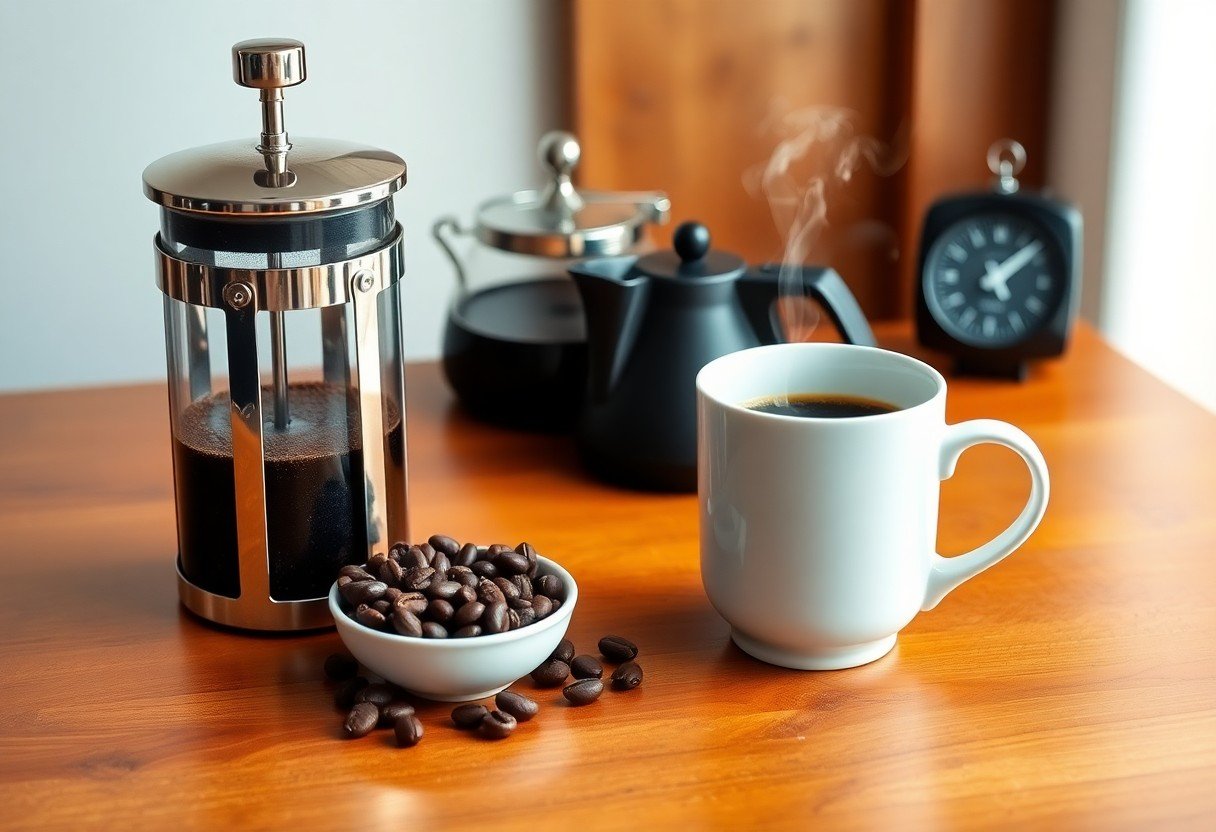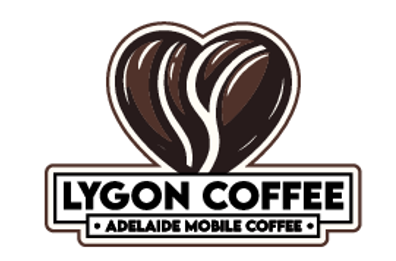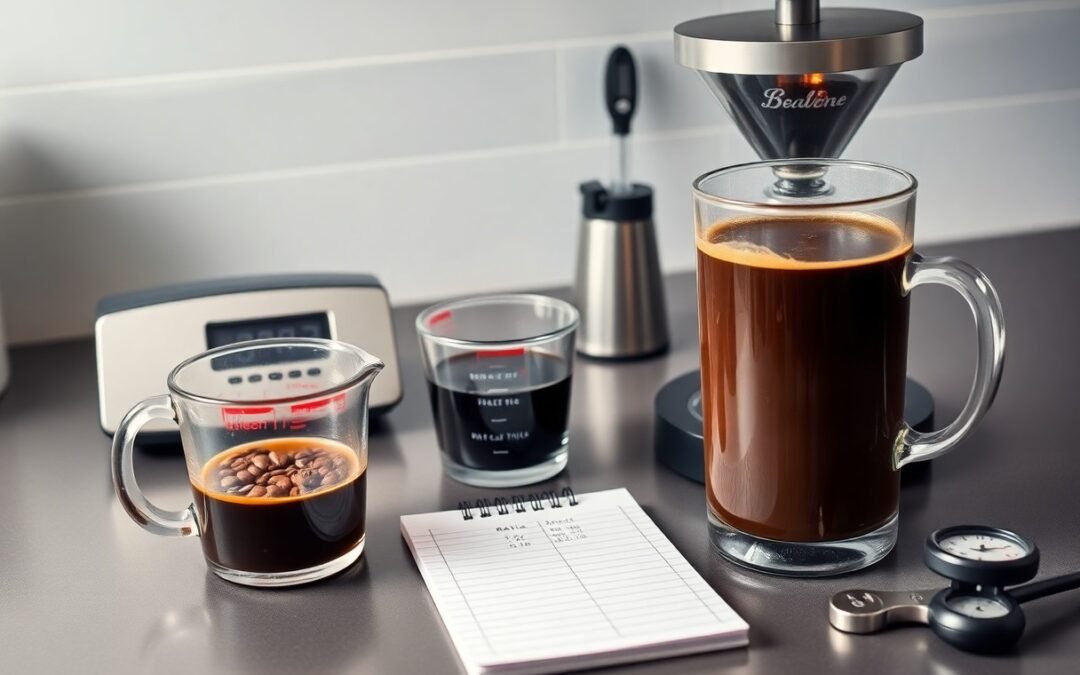Mastering the Art of Brewing: Your Essential Toolkit
The Equipment That Makes a Difference
Your brewing experience hinges on the right tools. Invest in a precision scale to measure your coffee and water accurately, ensuring consistency in each cup. A high-quality grinder tailored to your brewing method will unlock the rich flavors of your beans, while a reliable kettle with a gooseneck spout allows for precise pouring control. Specialty brewers, such as pour-over or French press, offer unique extraction methods that can elevate your cup. Each piece of equipment plays a role in creating a superior brewing ritual at home.
Sourcing High-Quality Ingredients
Quality ingredients are the foundation of an exceptional cup. Focus on freshly roasted, specialty grade coffee beans, sourcing from reputable roasters known for their ethical practices. Explore local suppliers or online platforms where you can find single-origin beans that showcase unique flavor profiles. Pairing your coffee with filtered water enhances the taste, removing impurities that could alter the final product. Keep an eye out for seasonal offerings, as fresh crop beans can significantly impact flavor and aroma.
Fresh coffee beans are best consumed within two to four weeks of roasting to retain peak flavor. Look for roasters who provide a roast date on their packaging, as this transparency indicates freshness. Aim to explore origins from different regions, such as Ethiopian beans known for their fruity notes or Colombian beans with balanced sweetness. This variation will not only diversify your palate but also deepen your understanding of coffee’s vast flavor spectrum, helping you craft a more sophisticated cup at home.

Precision in Measurement: The Science of Ratios
Achieving the perfect cup relies heavily on precision in measurement, particularly through established brewing ratios. These ratios dictate the relationship between coffee and water, significantly impacting flavor profile and extraction efficiency. A standard ratio of 1:15, for instance, means for every gram of coffee, you use 15 grams of water. This scientific approach transforms brewing from an art into a precise craft, ensuring consistent results with each cup.
Understanding Brew Ratios for Optimal Flavor
Brewing ratios are pivotal in achieving optimal flavor extraction. A ratio of 1:16 is often recommended for a balanced cup, while those seeking boldness might prefer 1:14. Adjusting these ratios allows you to experiment with strength and flavor nuances, catering to your personal taste preferences. Fine-tuning these ratios can reveal a coffee’s hidden notes, enhancing your overall drinking experience.
Tools for Accurate Measurements: Scales vs. Scoops
Choosing the right measuring tools impacts your brewing precision. Scales provide the most accurate measurements, ensuring consistency across different brews. In contrast, scoops offer convenience but can introduce variability in your coffee-to-water ratio, depending on the grind size and tamping pressure. Utilizing a scale will elevate your brewing game, guaranteeing repeatable results every time.
Scales allow for micro-adjustments in your brew, which can drastically change the resulting flavor profile. With a digital scale, you can measure down to the gram, enabling you to experiment confidently with different ratios. For example, if you want to try a new bean or roast level, accurately measuring your coffee grounds against the correct amount of water ensures that any differences in taste are attributed solely to the coffee itself. Scoops can lead to discrepancies in flavor due to variations in how compacted the grounds are, making scales the superior choice for precise brewing.

Techniques of Brewing: The Perfect Method for Every Preference
Different brewing techniques can elevate your coffee experience, allowing you to tailor flavor profiles to your liking. From the full-bodied richness of a French press to the clean, articulate notes of pour-over, each method aligns with unique preferences. Explore these techniques to find your perfect match, enhancing the nuances in each cup.
Exploring Brewing Methods: French Press, Pour-Over, and More
French press brewing is renowned for its ability to extract robust flavors and aromatic oils, giving the coffee a full-bodied taste. In contrast, pour-over offers a more delicate profile, allowing you to control the extraction rate and emphasis on nuanced flavor notes. Other methods like Aeropress and siphon brewing provide unique tastes that cater to adventurous coffee lovers, giving you a variety of options to experiment with.
Temperature Control: The Subtle Science of Heat
Optimal brewing temperatures significantly impact flavor extraction, with a range of 195°F to 205°F being ideal for most methods. Lower temperatures may result in under-extraction, leading to sour flavors, while higher temperatures can scorch coffee, creating bitterness. Mastering temperature control enables you to enhance the complexity and balance in each cup.
Temperature Control Techniques
| Method | Recommended Temperature |
|---|---|
| French Press | 200°F (93°C) |
| Pour-Over | 195°F – 205°F (90°C – 96°C) |
| Aeropress | 175°F – 185°F (80°C – 85°C) |
| Siphon | 195°F – 205°F (90°C – 96°C) |
Monitoring the temperature with a thermometer throughout the brewing process ensures precise control. For example, using water just off the boil at around 200°F maximizes the flavors extracted from the coffee grounds. This attention to detail leads to a more harmonious balance of acidity and sweetness, allowing subtler tasting notes to shine. Experiment with different temperatures to discover how they influence the flavor profiles, helping you craft a cup that suits your palate perfectly.
Temperature Impact on Flavor
| Temperature Range | Flavor Profile |
|---|---|
| Below 195°F | Under-extracted, sour notes |
| 195°F – 205°F | Balanced sweet and acidic |
| Above 205°F | Over-extracted, bitter flavors |
The Role of Water Quality: Unseen Influences on Taste
Water quality is a foundational element that directly impacts the flavor profile of your brew. Subtle variations in mineral content, clarity, and temperature can enhance or detract from the nuanced flavors of your chosen coffee or tea. Each type of beverage may require a different water composition to achieve its full potential. Understanding these variables allows you to elevate your home brewing to professional standards.
Identifying and Selecting the Best Water
Selecting the right water for your brew transcends mere preference; it directly influences extraction and flavor harmony. Aim for water that is filtered and devoid of impurities, such as chlorine and heavy metals. Spring water often presents a balanced mineral profile suitable for most brewing methods, but consider experimenting with bottled varieties designed for coffee or tea, which offer specific mineral enhancements for optimal taste.
Understanding Hardness and pH Levels
Water hardness and pH levels are critical parameters that affect extraction efficiency and flavor clarity. Ideal water should have a balanced hardness, around 50 to 150 mg/L of calcium carbonate, allowing for optimal extraction while avoiding overly bitter notes. Target a neutral pH level of about 7 for a consistent base that enhances your coffee or tea’s inherent flavors.
Testing the hardness and pH of your water ensures you create an ideal brewing environment. Hard water, rich in calcium and magnesium, can lead to over-extraction, resulting in bitter and astringent cups. Conversely, soft water may produce under-extraction, yielding flat flavors. Striking a balance close to 100 mg/L in hardness and maintaining a pH around 7 facilitates a smoother extraction process, enhancing the beverage’s natural qualities while preserving its aromatic complexities. Consistent testing with home kits or meters can refine your brewing water strategy significantly, allowing for tailored adjustments that lead to exceptional results.
Elevating the Experience: Skills for Sensory Appreciation
Enhancing your coffee enjoyment involves honing your sensory skills. By engaging your senses—sight, smell, taste, and even touch—you can examine deeper into the complexities of each cup. Observe the appearance of your brew, inhale its fragrance, and pay attention to the sensations in your mouth. The more you practice, the more adept you become at identifying subtle notes, improving your overall appreciation.
Developing a Tasting Palette: Aroma, Flavor, and Aftertaste
To develop a refined tasting palette, start by focusing on aroma, flavor, and aftertaste. Swirl your cup gently and take a moment to identify the aromas—floral, fruity, or nutty notes might emerge. As you sip, analyze the primary flavors while considering their intensity and complexity. After swallowing, linger on the aftertaste, noting how it evolves. Regular practice helps you articulate what you sense, enhancing your overall coffee experience.
Pairing Your Cup: Foods that Complement Sophistication
Pairing food with your coffee can elevate your tasting experience, harmonizing flavors and enhancing enjoyment. Consider pairing dark chocolate with a rich espresso for a decadent combination, or enjoy a buttery croissant with a light roast for balance. Nuts, pastries, or even savory dishes can create interesting contrasts, allowing each component to shine while complementing the other.
For an ideal pairing, think about the coffee’s flavor profile and match it with complementary foods. For instance, a citrusy coffee works beautifully with pastries that incorporate lemon or orange zest, enhancing brightness in both your cup and dish. Similarly, rich coffees can contrast nicely with lighter cheeses, creating a complex experience that brings out floral or fruity notes. Even spicy dishes can find balance with certain roasts, allowing you to explore new dimensions in flavor. In essence, the right food can transform your coffee into a multi-sensory experience worth savoring.
Final Words
Drawing together the steps to prepare a perfectly sophisticated cup at home with expert precision, you can elevate your coffee experience significantly. Focus on selecting high-quality beans, mastering your brewing technique, and paying attention to water temperature and brew time. Experiment with ratios, grind sizes, and flavors that suit your palate, while maintaining cleanliness in your equipment for optimal results. By consistently applying these methods, you’ll create a remarkable cup that rivals any café, making your home the ultimate coffee destination.
FAQ
Q: What equipment do I need to prepare a sophisticated cup at home?
A: Essential equipment includes a quality coffee grinder, a precision scale, a kettle with temperature control, and a brewing device such as a French press, pour-over, or espresso machine.
Q: How do I select the right coffee beans for my brew?
A: Choose high-quality, freshly roasted beans suited to your taste preference. Look for single-origin beans or blends, and consider the roast level—light, medium, or dark—that aligns with your flavor profile.
Q: What is the ideal grind size for different brewing methods?
A: For espresso, use a fine grind; for pour-over, a medium grind; and for French press, a coarse grind. Grinding just before brewing maximizes freshness and flavor extraction.
Q: How important is water temperature in brewing?
A: Water temperature significantly affects flavor extraction. Aim for temperatures between 195°F and 205°F for optimal brewing without burning the coffee.
Q: What is the ideal coffee-to-water ratio for brewing?
A: A common guideline is to use 1:15 or 1:16 coffee-to-water ratio. For example, use 30 grams of coffee for 450-480 milliliters of water depending on taste preference.

